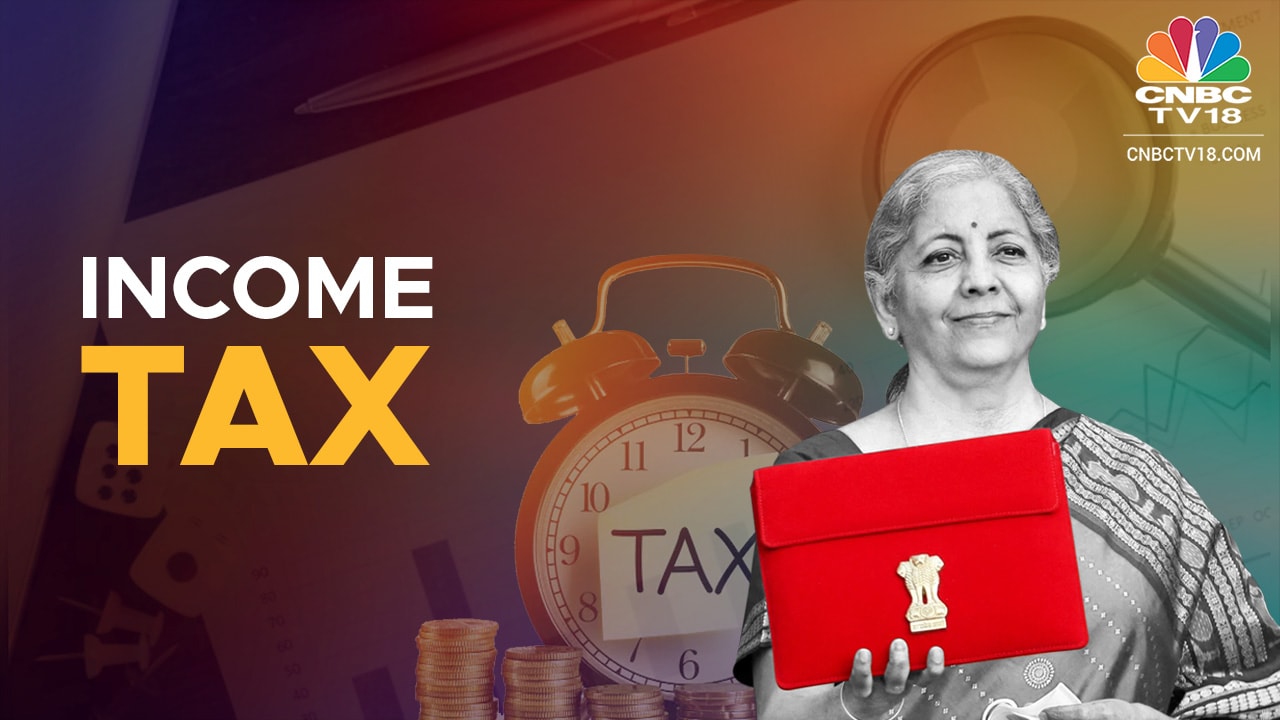[ad_1]

India’s taxpayer base, as of now, is 3 crore people, bulk of whom are middle class. If it is whittled down to 1.50 crore people, some experts wonder if it will not amount to shooting oneself in the foot given the fact that the government has been trying to expand the tax base. In other words, the twin measures may have the opposite effect and hence prove to be counterproductive. Instead, a relief in the goods and services tax (GST) that directly impacts the finances of the much larger middle-class population could have been more effective.
However, the rival view is the budget 2025-26’s supposed munificence to the middle-class taxpayers is largely illusory given the fact those earning ₹12 lakh per annum is a small number. Ballpark figures indicate that in 2024, the average middle-class income was roughly ₹35,000 per month which translates to ₹4.20 lakh per annum.
In other words, the heightened tax-free threshold of ₹ 12 lakh simply was not needed given the fact that the existing threshold of ₹7 lakh itself is way above the average middle-class income of ₹4.20 lakh. The budget estimates for 25-26 itself foresees a healthy personal tax collections of ₹14.38 lakh crore in revenue, which is 21.15% higher than the 2024-25 budget estimate. This means the budget makers themselves believe that the tax sacrifice of ₹1 lakh crore is vastly exaggerated given the mean middle-class income of just ₹4.20 lakh per annum
Remember, as said earlier, out of the 8 crore returns filed in the AY 24-25, only 3 crore were revenue yielding returns, as it were. The remaining 5 crore were to claim refund of TDS, period. Come to think of it, the need of the hour is to expand the tax base because in a country of 140 crore, 3 crore is already abysmally low and it could be pathetically low if half of them is pulled out willy-nilly thanks to the budget munificence.
This could be counterproductive inasmuch as it is always good for the department to have data of a large base. P. Chidambaram as finance minister introduced the economic criteria scheme (now scrapped substantially) by asking owners of cars, telephones and houses measuring more than 600 square feet to file their returns even if they did not have a taxable income.
While some of the criteria did go overboard, the least we should do is to stop fostering the smugness. It is the department which at the end of the day should be the judge of whether one has taxable income or not. In fact, the rationale of the regime of TDS is to enlarge the tax base. TDS forces those who come under its pincer, to be upfront in their dealings.
In short there should be two thresholds — a lower one for mandatory filing of income tax return and another by way of tax-free threshold. To wit, all those earning more than ₹5 lakh must be mandated to file return even if they have no tax liability thanks to the generous exemption threshold.
Of course, the tall claim has sent a powerful message politically in the run up to the Delhi Assembly elections on February 5. In the race to the bottom, BJP has joined AAP in a fatalistic belief that if you cannot beat them, join them. AAP is the pioneer of freebies transcending mixers and grinders of the Southern state’s variety. Free electricity and water have catapulted its political fortunes among the electorates who are only too pleased to cast their votes in favour of the party that showers more freebies on them. Be that as it may.
Had the Finance Minister made bold to lower the GST rates as well as the fuel taxes, everyone including the electorate would have sent their blessings skyward for her because it is the GST that hurts the middleclass and the poor more. Come to think of it, you may not pay income tax even with the existing tax-free threshold of ₹7 lakh, but you do pay GST each time you buy a product or service, essential or luxury. Ditto for fuel tax. But then lowering these two taxes require the support of the states’ who by and large are funds starved.
The Budget has maintained a studied silence on revving the bouquet of taxes namely income tax, wealth tax and estate duty that would have garnered more direct taxes from the superrich. Last year, the Finance Minister tapped the share market more fully by subjecting long-term capital gains to a 20% tax as opposed to a 10% tax earlier. One thought this trend would continue by reviving wealth tax and estate duty. There is a strong case for taxing HNI (high net worth individuals more given the fact that 1% of Indians own 40% of the nation’s assets. It would have also disabused the notion the government is pampering the superrich.
The budget is silent too on extending the tax base proactively. The hard-to-tax category could have been brought into the tax net by looking for their visible signs of wealth like swanky cars and palatial houses which by the way they like to flaunt. Columbia did this successfully to smoke out the undeclared income. We could also do it if only our tax sleuths fan out to look for these visible signs instead of sending notices to the salaried class to produce rent receipts to sustain their claim of house rent allowance exemption.
—The author, S. Murlidharan, is a Chartered Accountant and legal expert. The views expressed are personal.
Read the previous Legal Digest columns here
[ad_2]
Source link










